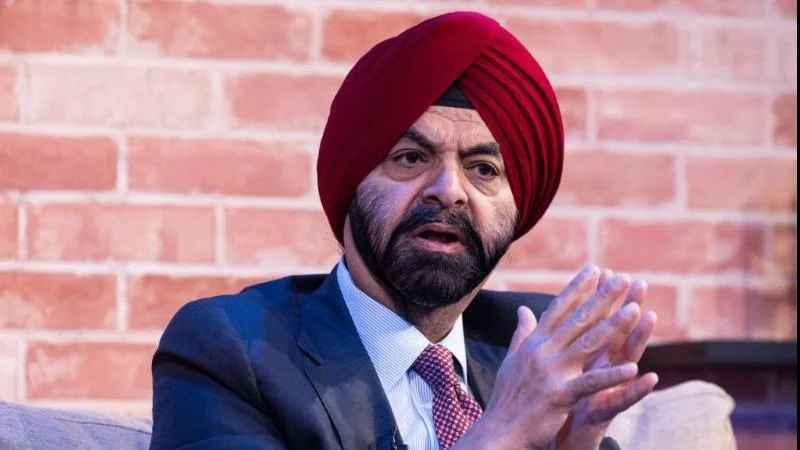The World Bank Group has released a summary report on the Country Climate and Development Reports (CCDRs), which were introduced in 2022. This report, the third in the series, examines findings from CCDRs over the past three years, covering 72 countries and economies. The focus is on the role of people in addressing climate change impacts and developing solutions for resilient development and reduced emissions.
According to the report, "People are at the center of climate change risks, but also at the core of adaptation and mitigation solutions." It highlights that climate change poses significant risks to individuals, particularly those already facing challenges such as unemployment or food insecurity. The expected loss of labor productivity by 2050 is estimated at around 6 percent in lower-income countries compared to just 0.2 percent in high-income nations.
Investing in human capital through education, health, labor markets, and social protection is emphasized as crucial for enhancing people's ability to adapt to climate change. By focusing on people within climate-development policies rather than treating their challenges separately, policy effectiveness can be improved alongside fostering inclusive growth.
The report underscores the importance of reliable infrastructure systems—such as power, water, transport, and digital networks—for resilience and well-being. CCDRs suggest that investments in these areas can yield benefit-cost ratios often exceeding two. Opportunities include expanding renewable energy use, investing in public transit systems, supporting transport electrification efforts, and growing green value chains alongside digital technologies.
It is noted that poorer countries face greater vulnerability due to different threats and lower adaptation potential compared to wealthier nations. "Each additional $1,000 in GDP per capita reduces expected climate change-induced GDP losses in 2050 by 0.5–0.7 percentage points," yet some small island countries remain particularly vulnerable despite this potential for adaptation.
Achieving emissions reductions with economic growth rates similar to current trends is possible with well-designed policies supported by higher investments and international community backing. Larger annual investments are needed—averaging 1.4 percent of GDP across CCDR countries but exceeding five percent for many low-income nations—to meet these goals.
The CCDRs serve as diagnostics aimed at helping countries align their development objectives with climate goals effectively. A companion report titled "From Knowledge to Action: Lessons from Early Operationalization of Country Climate and Development Reports" details how initial CCDRs have been utilized through national plans or strategies via partners like IMF or other organizations within World Bank Group's engagement framework.
This review demonstrates benefits derived from applying a people-focused lens when designing climate policies while increasing engagement among communities/stakeholders throughout transitions toward greener economies promoting inclusive growth overall.

